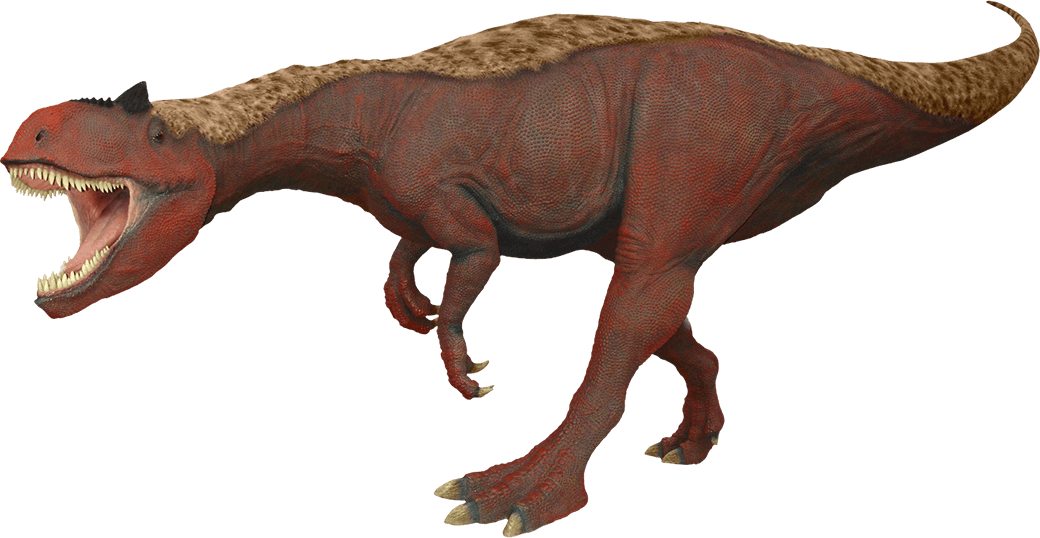Spring has sprung!
Spring Deals: Save 50% on memberships with code: SPRING
We are open 6 days a week from 10am to 6pm, with last entry 5pm! Closed Wednesdays!
(Please check our social media pages @moabgiants for discounts, offers and more!)
Thank you all for your support!
Trackmaker of the Megalosauripus footprint

Diet : Carnivorous
Habitat : Plains
Length : Up to 24 feet (7.4 m)
Weight : about 3,300 lb (1.5 tonnes)
These tracks probably represented allosaurid trackmaker and show a worldwide distribution of this kind of footprints in the Late Jurassic. M. Lockley (1996) described similar tracks from the Late Jurassic in North America, Europe and Asia. Lockley and co-authors in 1998 restricted the name Megalosauripus to label the footprints with distinct phalangeal pad impressions. But for smaller footprints lacking phalangeal pads distinctly imprinted they erected an ichnogenus Therangospodus. Megalosauripus occurs in the Entrada Sandstone and Morrison Formation, in the Moab area. Recently, J. Foster described in the Morrison Formation similar track to Megalosauripus, but smaller, named Hispanosauropus.
Allosaurids were the largest terrestrial carnivores of the U.S.A. Even though the most famous genus, Allosaurus lived at the turn of the Late Jurassic. Allosaurs had short but strong front limbs with three digits armored with hook-shaped claws (the biggest located on its thumb). These carnivores were certainly able to attack even the enormous, long-necked sauropods. Their teeth were thinner and sharper than those of tyrannosaurs, obviously adapted to cut meat instead of crushing bones. The head of Allosaurus was ornamented with two bony crests extending from the nostrils up to the eyes. They had different shapes and sizes depending on the individual, for instance to distinguish the sex.
© 2017 Moab Giants. All Rights Reserved | Site & Utah Search Engine Marketing by Red Olive